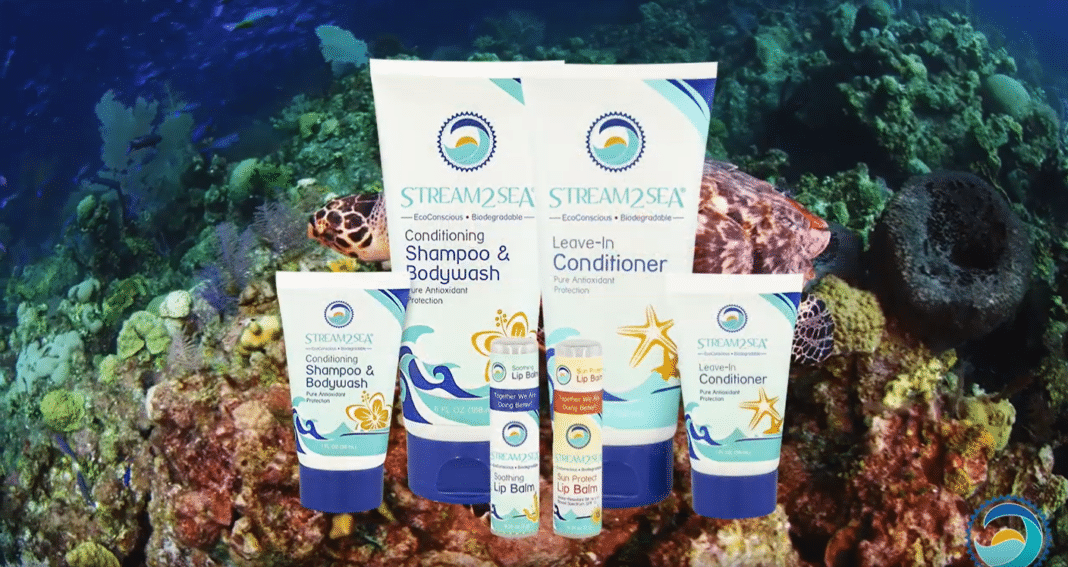Researchers have found that the chemical sunscreen ingredient octocrylene, found in almost 3,000 products sold in the USA, quickly degrades into benzophenone, a known carcinogen, skin irritant and endocrine disruptor.
That’s the conclusion of a study published this month in the journal Chemical Research in Toxicology by French and American researchers at Sorbonne University and Haereticus Environmental Laboratory.
Researchers measured levels of benzophenone in 16 products sold in France and the United States after artificially aging them for a year. Benzophenone was found in every product tested that contained octocrylene, including major brands labeled for kids and babies.
Researchers have known for decades that up to 70% of both octocrylene and benzophenone can be absorbed through human skin. Octocrylene is no longer considered “Generally Recognized as Safe and Effective” by the US Food and Drug Administration, in large part over concerns about that absorption rate. The state of California has a zero-tolerance policy for benzophenone in skincare products.
In the short term, dermatologist Sharyn Laughlin is also concerned about the immediate impact of benzophenone:
“It’s still the worst offender in causing contact dermatitis and may induce urticaria and anaphylaxis.”
One of the few sunscreen companies that doesn’t use octocrylene in its products is Stream2Sea. The company tests its products to ensure that they don’t contain octocrylene that could degrade to benzophenone as part of its initiative to create truly reef-safe sunscreens.
According to Autumn Blum, CEO and formulator for Stream2Sea:
“I’ll be the first to admit that formulating and manufacturing products without using ingredients we don’t want on our bodies or in our oceans is a challenge for manufacturers.”
While octocrylene can be removed from personal care product formulations, in isn’t easy, Blum says.
“It is a challenge to formulate aesthetically pleasing and effective sunscreens without using endocrine-disrupting chemicals, but it can be done. They’re insidious in nearly every cosmetic manufacturing plant, so extreme care must be taken.
“We originally had our formulas manufactured by a contract facility that had been making natural products – a very common practice with consumer brands. UV filters and preservatives were so difficult to remove from their production line that we ultimately ended up building our own manufacturing facility that had never allowed octocrylene or benzophenones through the doors to eliminate all traces of cross-contamination. And we continue to vigilantly guard against them from entering our walls.”
Check out the study here.

